Tips For Choosing A Salmon Fishing Rod
And Best Selling Rods Rated By Fishermen
It's to your best advantage to select the perfect salmon fishing rod catered to the type of salmon fishing that you do. In turn, you should have much more success and fun fishing and catching salmon with your new elite salmon rod.
There are some important factors that come into play when making your choice for using the right salmon rods.
When choosing a fishing rod for salmon fishing, take the following considerations into account:
- How you will be fishing.
- Where you will fish at.
- Your price range.
- The quality of the fishing rod.
- And just as important is comfort.
Most Common Salmon Fishing Rod Types
Salmon Spinning Rods
These fishing rods are the most commonly used by anglers. They are simply easier to cast with when matched appropriately with a spinning reel, making them the ideal set-up for beginners, yet they are absolutely effective and fun for battling those beefy salmon.
Salmon Bait Casting Rods
A baitcasting rod and reel combo
attract the more advanced fishermen. Although they can be more
susceptible to backlashes, the reels are less bulkier, and are very
productive.
Salmon Trolling Rods
Trolling, aka "mooching", is one of the
very most efficient and effective methods of saltwater and freshwater
fishing. Trolling rods undergo a whole lot of stress, which is why they
are built tough to withstand the constant tensions and pressures of the
various weights of the terminal tackle associated with it.
Salmon Fly Fishing Rods
Salmon fly rods, as opposed to a trout fly rod, are essential for
handling those bigger salmon. A typical salmon fly rod would be in the
9' to 10' range. And an 8-weight is an ideal choice, whereas a 9 weight
may seem to be a bit overkill, and a 7 weight may be a little small as
it might not have enough backbone to handle those hefty 25 pounders.
Salmon Saltwater Spinning Rods
These
salmon rods are built tough and sturdy in order to take
on the power of those bigger sport fish, as well as to endure the
constant thresholds of the relentless entities of saltwater. As the
saying goes, don't bring a knife to a gun fight.
Tips For Selecting A Salmon Fishing Rod
Weight And Balance Of A Salmon Rod
Naturally, the lighter the rod you can get away with, the better. And
of course, balance is also a key factor. The rod should comfortably
balance in your hand when holding it at or near the reel seat. In turn,
this provides you the best comfort and fun, rather than having to
struggle and deal with greater fatigue and stress.
Salmon Rod Lengths
The length of a salmon rod mainly depends on what type of rod you will be using for the method of salmon fishing you do. The most common rod lengths used by salmon anglers are in the 8' to 10' range. These seem to work best for playing the bigger fish. The butt sections are as equally important. A general rule is anywhere from 6 to 12 inches.
The rod butt will normally rest into your
torso while playing a fish. So, if it's too long then your arms end up
stretched out while fighting the fish, thus resulting in becoming
quickly fatigued. If it's too short then it may not sit properly in
your rod mounts, especially when you are trolling.
Salmon Rod Composites
Most salmon fishing rod blanks are usually constructed out of fiberglass or graphite, or a combination of both materials for added strength and flexibility.
An excellent example of a rod built with a
graphite inner core and an outer layer of E-Glass is the
Shakespeare Ugly
Stik Big Water Salmon/Steelhead Casting Rod.
Additional Tips About Salmon Rods
A salmon fishing rod is primarily designed with supreme strength and power for battling fish, as opposed to casting capabilities. They are constructed with the strength to power a solid hook set right into their bony jaws, and to handle those long and intense battles that salmon are well known for.
These tips will hopefully help you to make a much more educated decision when you plan to select and buy your next salmon fishing rod. Thanks and have fun fishing.
*Amazon's Choice - OKUMA Classic Pro GLT
- Designed for trolling
- Size: choose from 8'6" or 9'
- Action: Medium and Medium-Heavy
- 2 piece E-glass blank
- Titanium oxide guide inserts w/ stainless steel guide frames
Check
out an extended list of the different types of
salmon rods and best sellers here.

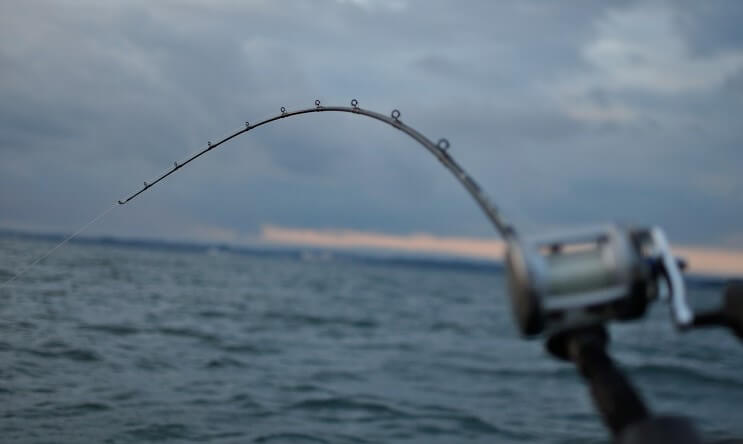

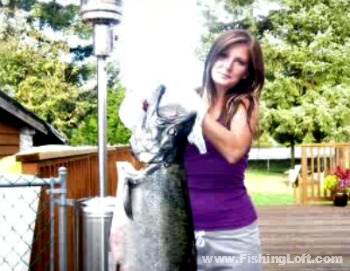


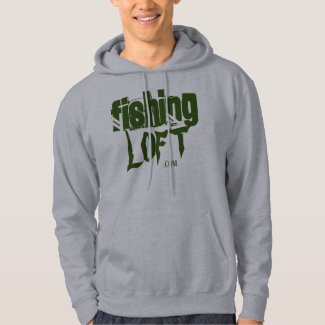
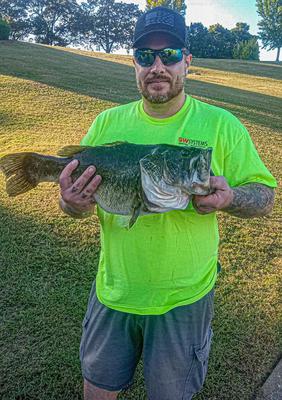
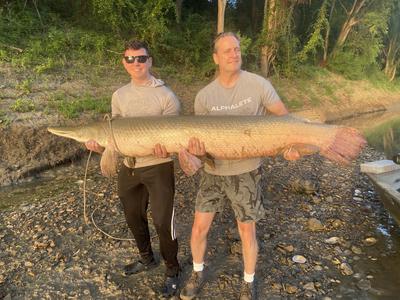
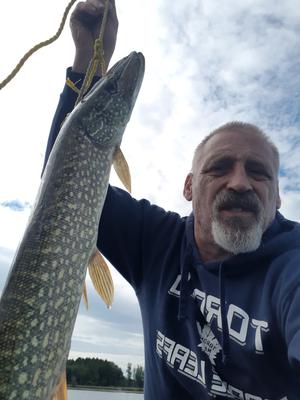
Facebook Comments
Leave a comment, question or tip in the box below.